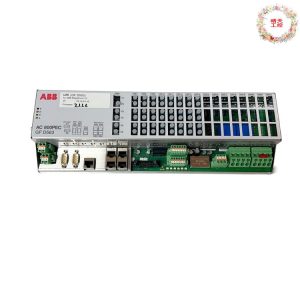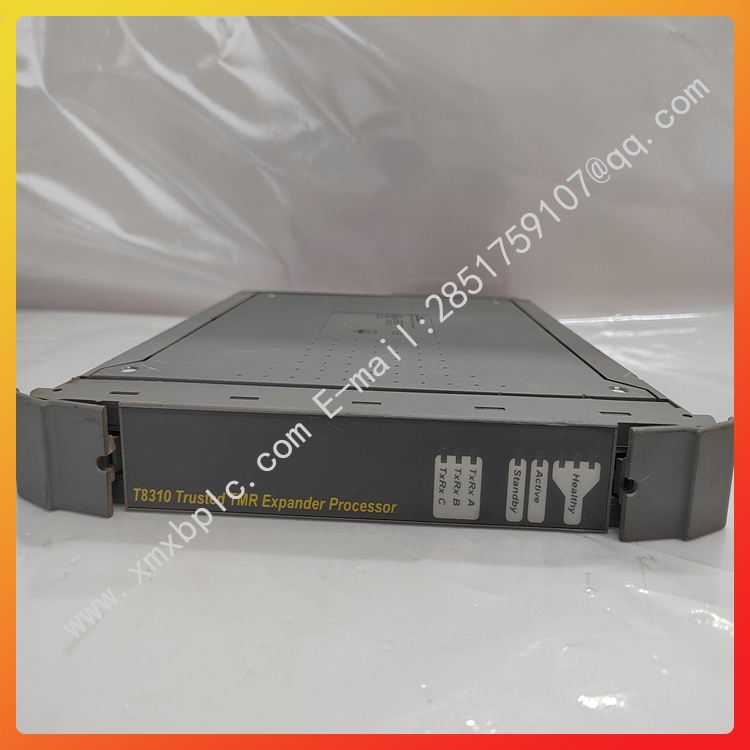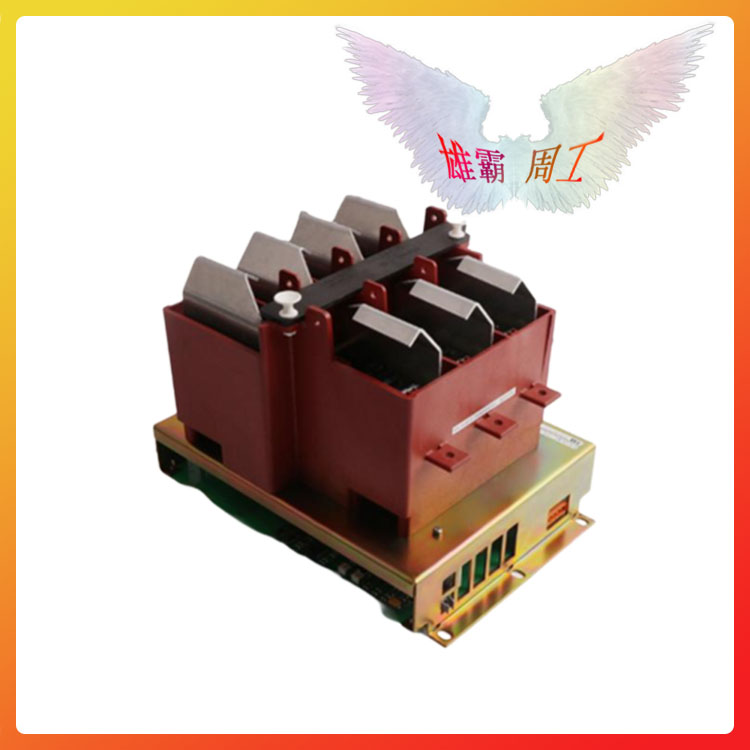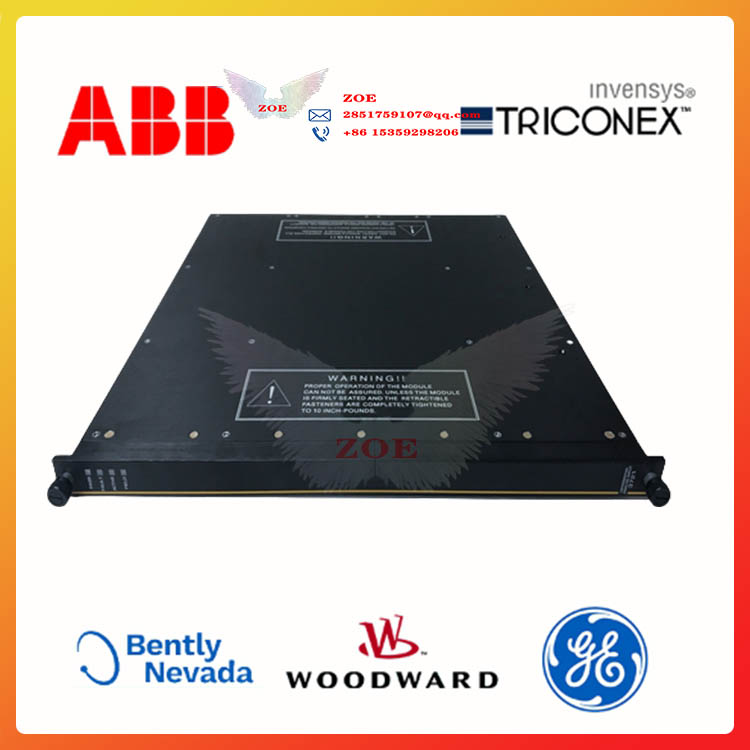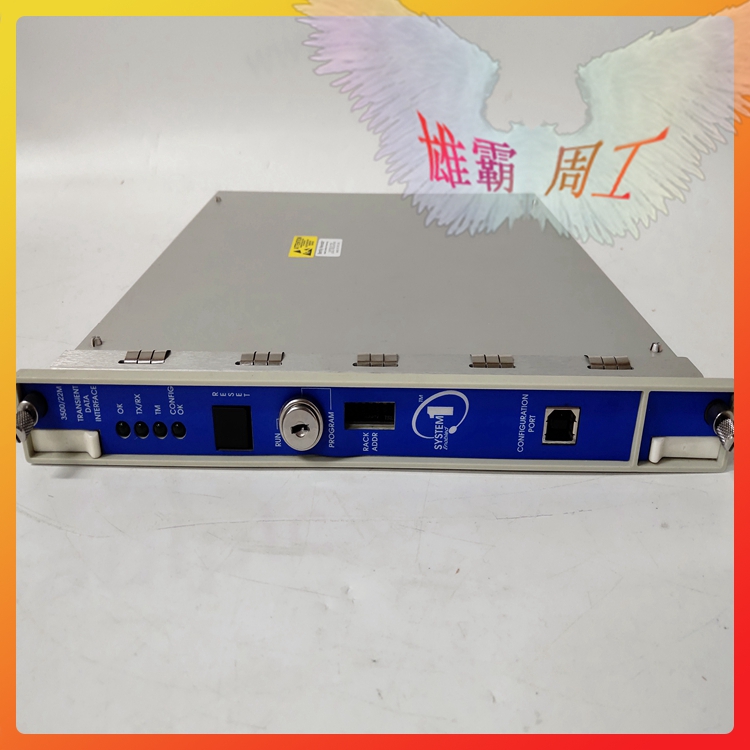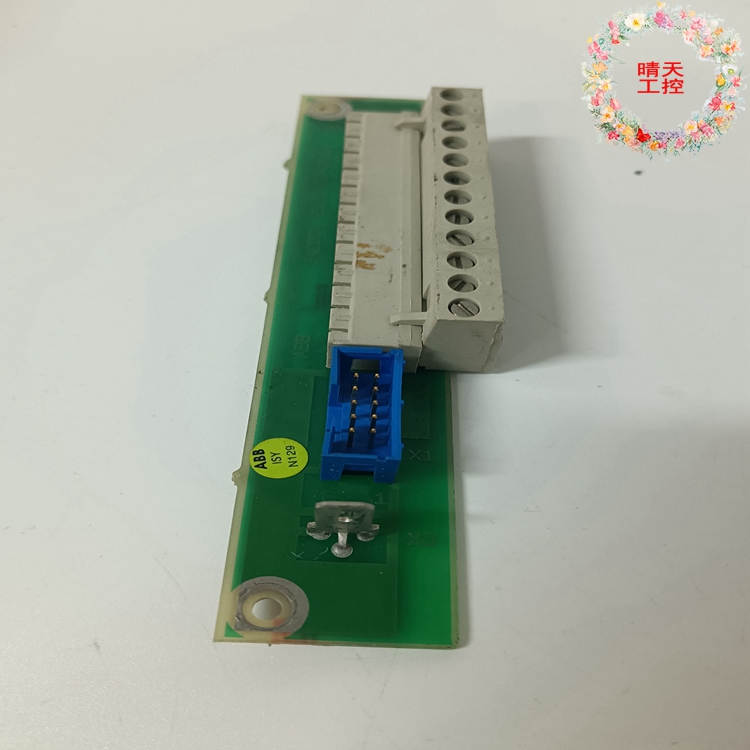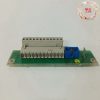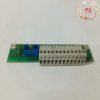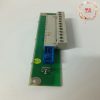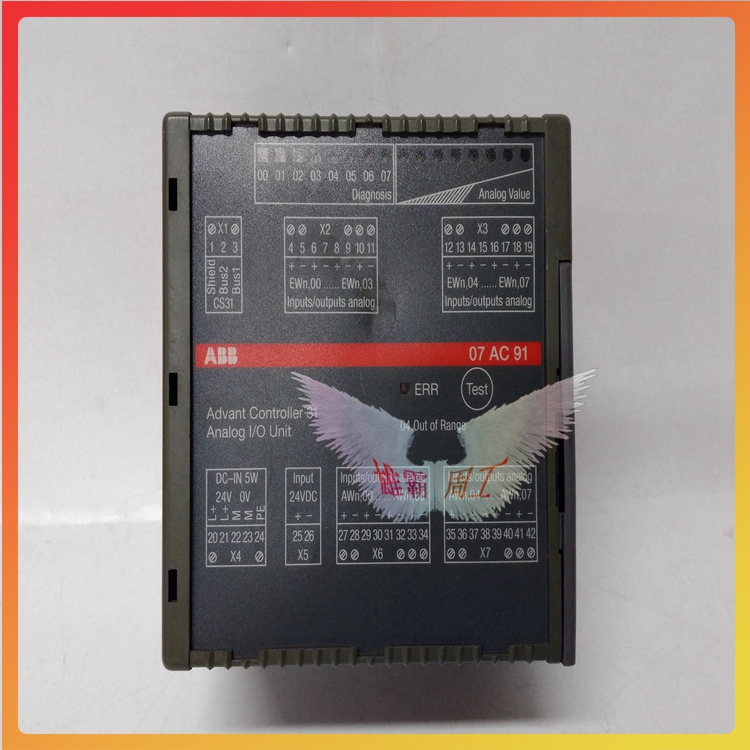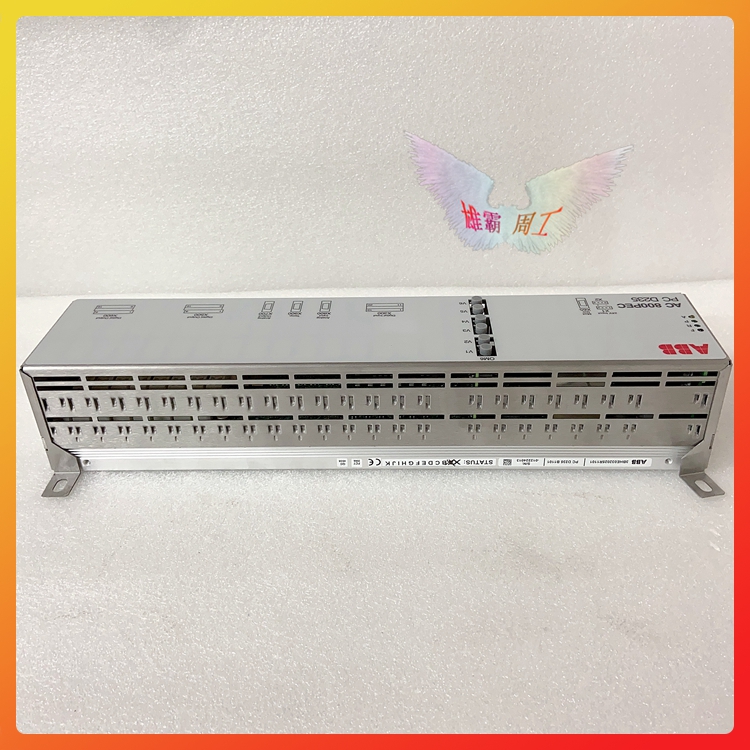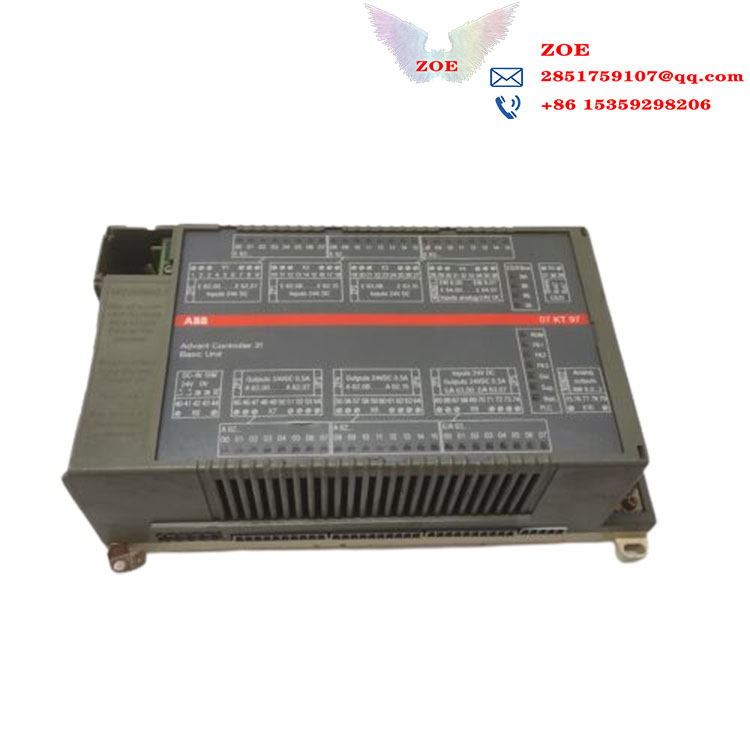The FAU810 PFEA111 DSTD150 Energy management system collects data
Brand ABB Color Standard Application Industrial height 336mm rated current 268mA
Protection Level IP45 Suitable for motor power 225KW Applicable Site Power Industry BOM Number GJR2391500R1220 Power industry HIEE401782R0001 Part Number DSTD150
Applicable pipe 2 Whether imported is weighing 3.88 kg can be sold nationwide

The FAU810 PFEA111 DSTD150 Energy management system collects data
The FAU810 PFEA111 DSTD150 Energy management system collects data
The discussion around the benefits of using AI in data centers often focuses on how it can increase productivity and profitability, but neglects to talk about how AI can make data centers more sustainable. By 2020, data centers in the United States alone will consume approximately 73,000 megawatts of electricity. Using historical data collected from smart sensors, such as data output, temperature, and humidity levels, AI can train deep neural networks to optimize data center performance and make them more energy efficient. In addition, predictive AI can predict future events, such as surges in demand or temperature changes, and adjust system variables accordingly. This prevents the data center from exceeding its operational limits while ensuring it runs as efficiently as possible.
Data centers with lower energy consumption require less cooling, further reducing total energy consumption. Some of the biggest companies in the industry are already deploying AI. In the United States, Google uses DeepMind machine learning in its data centers to directly control cooling systems. This resulted in a significant 40% reduction in energy consumption. Not only does the implementation of AI provide significant cost savings, but more importantly, it significantly reduces harmful emissions and the carbon footprint of companies that rely on data centers. A recent study by PWC found that deploying AI in commercial operations could reduce global greenhouse gas emissions by up to 4% by 2030 – equivalent to the 2030 emissions of Australia, Canada, and Japan combined.
Where should a data center start?
To maximize the value of AI, businesses that deploy data centers should first focus on their IT and control infrastructure. If they are collecting data from their control systems and/or energy management systems, then they are excellent candidates to benefit from AI and reduce overall energy consumption. As more sensors are incorporated into their infrastructure, AI can deliver greater value and complexity to achieve greater efficiency.
The basic (and recommended) first step in an AI implementation is to use the technology to detect power-consuming devices. AI can quickly identify underperforming assets and those with maintenance issues, both of which can lead to excessive power consumption. Across large data centers, the wasted power from these types of assets can quickly add up to costs and have a significant impact on the environment.

The FAU810 PFEA111 DSTD150 Energy management system collects data
ABB CI615
ABB CI626
ABB CI626V1
ABB CI810B
ABB DCP02
ABB DCP10
ABB DDI03
ABB DDO02
ABB DI610
ABB DI620
ABB DI810
ABB DI814
ABB DLM01
ABB DO610
ABB DO630
ABB DPW01
ABB DRA02
ABB DSAI146
ABB DSAO110
ABB DSBB175
ABB DSDP170
ABB DSDX404
ABB DSIH72VP ENOK
ABB DSPC170

